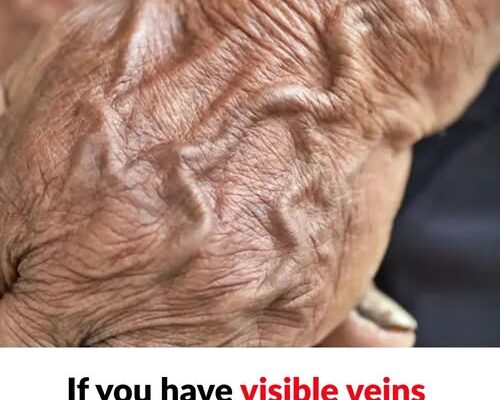Blue veins visible on the hands are part of the superficial venous system located just beneath the skin. While they often appear more clearly when impacted or under certain conditions, their presence can be completely normal.
However, in some cases, they may also signal underlying health concerns. There are both natural and pathological causes for these blue veins.
Among the natural causes, skin tone plays a significant role—people with pale or thin skin tend to have more visible veins, while those with darker skin do not show them as clearly. Aging can also contribute, as the fat layer under the skin thins over time, making veins more noticeable.
Similarly, individuals who are very thin may have less subcutaneous fat, making veins more prominent. Athletes or those involved in heavy physical labor often exhibit more visible veins due to increased blood flow and muscle activity, but these veins typically become less noticeable after rest. Pregnant women may also experience this condition as their circulatory system works harder during pregnancy. On the other hand, pathological causes such as varicose veins may also be responsible. If the blue veins on the hands are unusually large, twisted, or densely concentrated, especially on the back of the hands, this could be a sign of venous insufficiency or varicose veins.
Although varicose veins in the hands are less commonly felt, symptoms may include dull pain or tension at the site. If untreated, this condition could lead to complications such as pulmonary embolism, heart attacks, thrombosis, or stroke. Medical consultation is essential for accurate diagnosis. For treatment, if the condition is mild, lifestyle changes such as regular exercise, a healthy diet, and wearing compression stockings may help. In more severe cases, procedures like sclerotherapy (using laser or chemical agents to close off veins), or surgical interventions such as Muller or Stripping surgery may be necessary. These treatments aim to remove or close the problematic veins, though recurrence is still possible. Ultimately, the best approach is to seek medical evaluation, especially when pain or other symptoms accompany the appearance of these veins.
